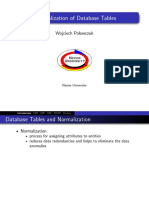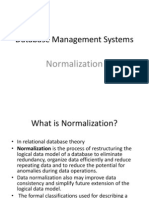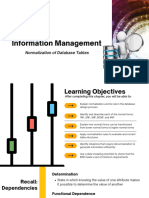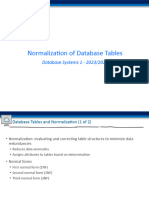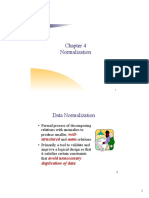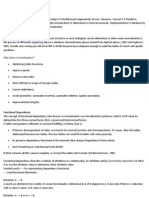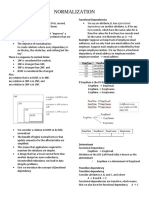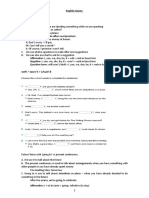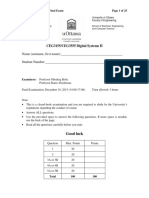0% found this document useful (0 votes)
70 views27 pagesChapter 5 - Normalization of Database Tables
Uploaded by
Aina SyafiyahCopyright
© © All Rights Reserved
We take content rights seriously. If you suspect this is your content, claim it here.
Available Formats
Download as PPTX, PDF, TXT or read online on Scribd
0% found this document useful (0 votes)
70 views27 pagesChapter 5 - Normalization of Database Tables
Uploaded by
Aina SyafiyahCopyright
© © All Rights Reserved
We take content rights seriously. If you suspect this is your content, claim it here.
Available Formats
Download as PPTX, PDF, TXT or read online on Scribd
/ 27














